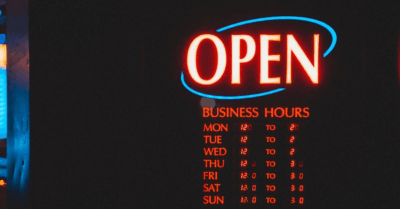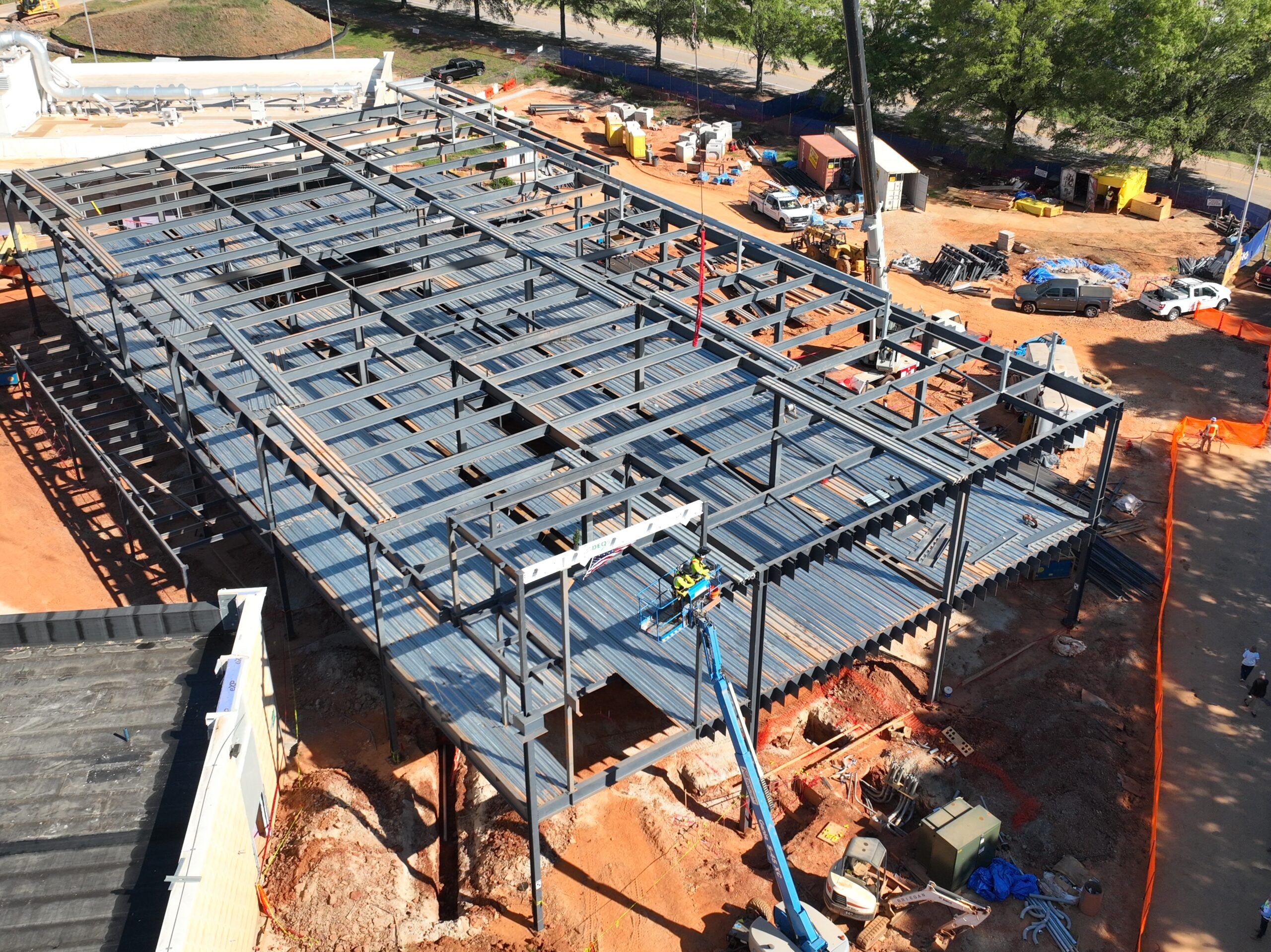In today’s fast-paced world, staying informed about local happenings is crucial. We’ve all felt the frustration of missing important city notices or community events, which is why it helps to easily create QR codes with QRStuff and make every notice, flyer, and schedule instantly scannable. By turning city updates and parks & rec timetables into quick-access links, you bridge the gap between the community and essential information.
Imagine walking through your local park and effortlessly scanning a QR code to find out about upcoming events or facility hours. This innovative approach not only saves time but also enhances our engagement with local services. Let’s explore how QRStuff is revolutionizing access to public information and making our community more connected than ever.
Overview of QRStuff for Public Info
QRStuff revolutionizes how we access public information by utilizing QR codes to streamline communication between local governments and their communities. This tool enables us to quickly access city notices, recreational schedules, and other essential information with a simple scan.
With QRStuff, city officials can efficiently disseminate important updates, like road closures or community events, directly to residents. Enhancing transparency, this method removes barriers to critical information and allows us to stay engaged with local happenings effortlessly.
For parks and recreational facilities, QR codes placed at entry points provide immediate access to schedules, facility hours, and activity registrations. By scanning these codes, we gain instant insights into upcoming events or program changes, improving our overall experience and interaction with community resources.
QRStuff also fosters a sense of community by encouraging local organizations to participate. Nonprofits, clubs, and educational institutions can generate QR codes for their events, promoting connectivity among community members.
Moreover, QR codes are environmentally friendly, reducing the need for printed materials and minimizing waste. With increased reliance on digital solutions, adopting QRStuff simplifies how we engage with our local government and recreational opportunities.
By integrating QRStuff in our public spaces, we enhance our ability to remain informed and connected with essential municipal services and community resources. This innovation isn’t merely a trend; it’s a practical solution that ensures timely access to data that matters to our everyday lives.
Benefits of Using QR Codes for City Notices
QR codes significantly enhance how we access city notices and recreational information. By integrating these codes into public spaces, we create a seamless connection between community members and essential updates.
Improved Accessibility
QR codes improve accessibility by allowing users to obtain information instantly. Scanning a QR code provides direct access to city notices, schedules, and event details without navigating through websites or printed materials. This efficiency benefits all community members, especially those who may have difficulty accessing traditional communication methods. For instance, seniors and individuals with disabilities enjoy the convenience of scanning codes placed at public facilities. Moreover, multilingual options for QR codes enable diverse populations to engage with information in their preferred language, ensuring no one is left uninformed about local happenings.
Enhanced Engagement
QR codes foster enhanced engagement between local governments and residents. Community members gain real-time updates on events, services, and important changes in their neighborhoods. When residents scan QR codes located in parks or community centers, they access interactive content, such as registration forms or feedback surveys. This interaction encourages participation in local activities and strengthens community ties. Additionally, QR codes serve as a platform for local organizations to advertise events, driving more attendance and community connection. By making information more accessible and engaging, QR codes promote a sense of belonging and involvement among residents.
Parks and Recreation Schedules Made Scannable
QRStuff makes accessing parks and recreation schedules quick and efficient. Community members can stay informed through scannable QR codes placed throughout local parks.
Streamlined Information Distribution
Streamlined information distribution allows us to receive schedules and updates instantly. QR codes eliminate lengthy searches for information, placing relevant data directly in our hands. Local governments can efficiently update recreation activities, facility hours, and special events. By simply scanning a code, we obtain direct links to schedules and registration forms. This clear pathway encourages greater participation in community programs by reducing barriers to access. Using QRStuff ensures we remain connected with parks and recreation opportunities, fostering enhanced community involvement.
Real-Time Updates
Real-time updates enhance our engagement with local recreational activities. QR codes provide immediate alerts about changes to schedules, cancellations, or new program offerings. By keeping us informed in real time, we can make better decisions about our leisure activities. Scannable codes can link to live feeds that showcase upcoming events or new classes, ensuring we don’t miss any opportunities. This functionality promotes ongoing interaction with our parks and recreation departments, strengthening our community involvement and encouraging active lifestyles.
Implementation Strategies for Local Governments
Implementing QRStuff effectively requires clear strategies and coordination among departments.
1. Develop a QR Code Strategy
We focus on identifying key areas for QR code deployment, such as community centers, parks, and public bulletin boards. Each code should link to relevant city information, including notices, schedules, and event details.
2. Engage with Local Communities
We collaborate with community organizations to gather input on what information is essential for residents. By involving local partners, we ensure the content is relevant and encourages usage.
3. Train City Employees
We conduct training sessions for city employees, emphasizing the importance of QR code usage and maintenance. Staff members must understand how to keep information updated and troubleshoot common QR code issues.
4. Promote Multilingual Access
We create QR codes with multilingual options to cater to diverse populations. This approach enhances accessibility and ensures that all community members receive important updates in their preferred language.
5. Integrate Real-Time Updates
We leverage app technology to allow for instant updates to information linked through QR codes. This integration enables residents to receive timely notifications about changes in schedules or new events in their local parks.
6. Evaluate Performance Metrics
We monitor the effectiveness of our QR code initiatives by analyzing user engagement data. Metrics such as scan frequency, feedback surveys, and participation rates in activities linked through QR codes help us refine our approach.
7. Launch Comprehensive Marketing Campaigns
We deliver promotional materials highlighting the benefits of using QR codes. Signage, flyers, and social media outreach can effectively encourage residents to embrace this technology.
By incorporating these strategies, we enhance communication between local governments and residents, promoting a more informed and connected community.
Best Practices for Design and Placement
To maximize the effectiveness of QR codes in public spaces, we should follow specific design and placement best practices.
1. Ensure Visibility: Place QR codes in high-traffic areas where community members frequently gather, such as near park entrances, bulletin boards, and recreational facilities. This increases the likelihood of scans.
2. Use Contrasting Colors: Design QR codes with a color that contrasts sharply with the background. Dark codes on light backgrounds or vice versa enhance visibility, making codes easier to scan.
3. Provide Clear Instructions: Include brief text next to the QR code explaining its purpose. Phrases like “Scan for Event Details” or “Access Park Schedules Here” clarify the action community members should take.
4. Size the Code Appropriately: Ensure QR codes are large enough to scan easily, particularly for mobile devices. A minimum size of 2 x 2 inches is recommended to facilitate scanning.
5. Test Functionality: Regularly verify that QR codes link to the intended content and that the webpage is mobile-friendly. Broken links can frustrate users and diminish engagement.
6. Incorporate Multilingual Options: When possible, provide QR codes with multilingual content for diverse community members. This enhances accessibility and encourages participation across various linguistic groups.
7. Update Regularly: Maintain the relevancy of the information linked to QR codes. Regular updates keep community members informed about events, schedules, and announcements, promoting ongoing interaction.
8. Utilize Analytics: Implement tracking for QR code usage to gather data on community engagement. Analyzing this data helps us understand what information is most valuable and adjust strategies accordingly.
By following these best practices, we can ensure that QR codes serve their purpose effectively, making public information easily accessible and fostering a more informed community.
Feature Image Source: Photo by Erik Mclean on Pexels












